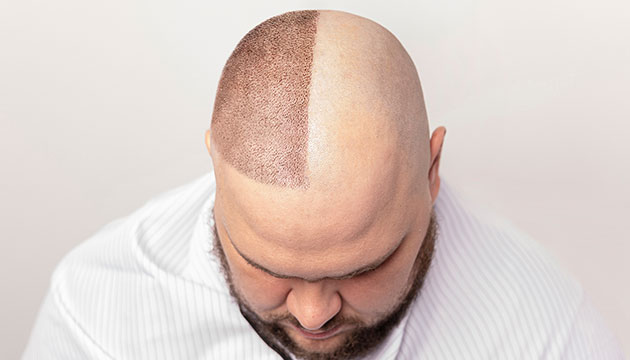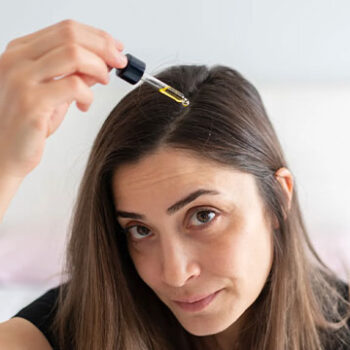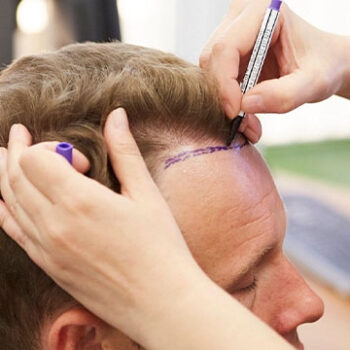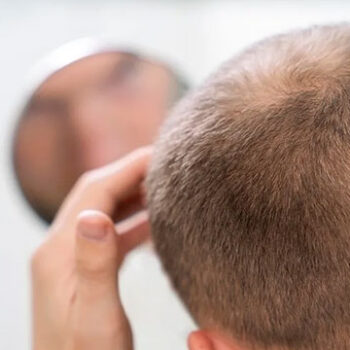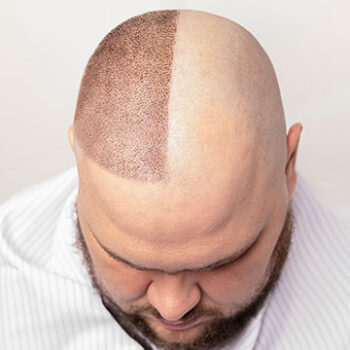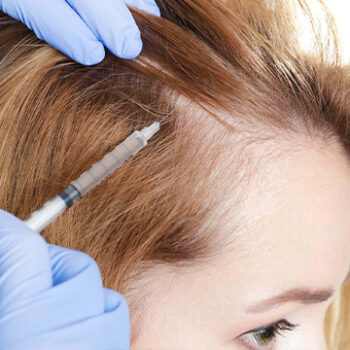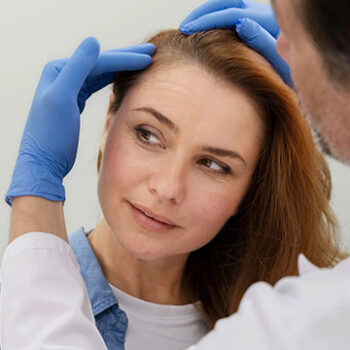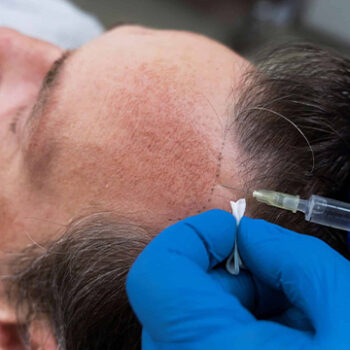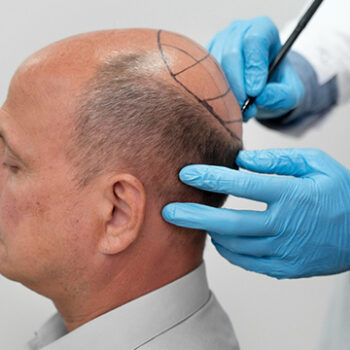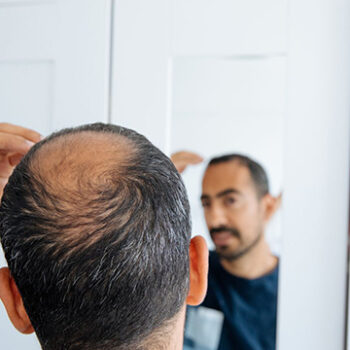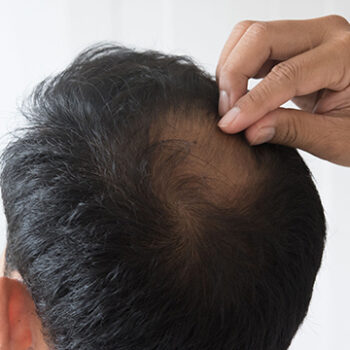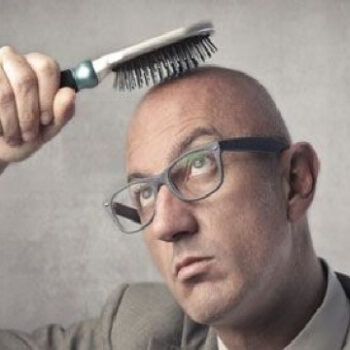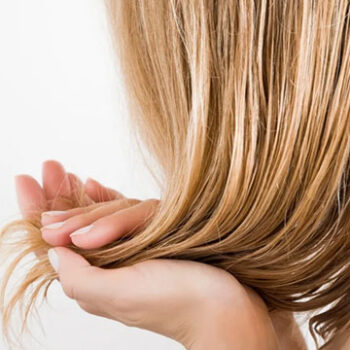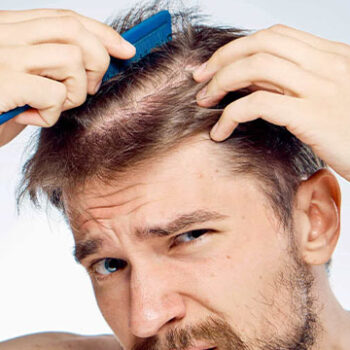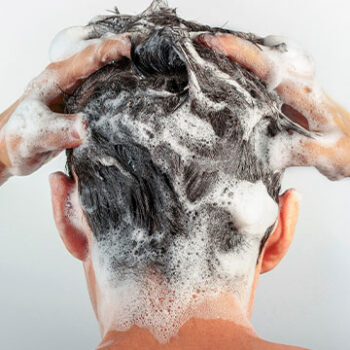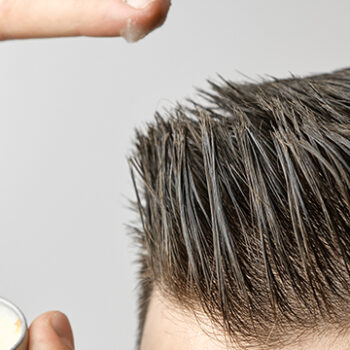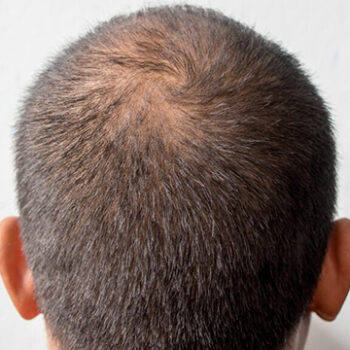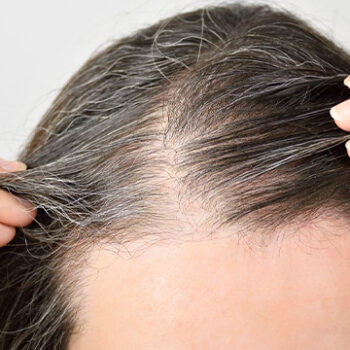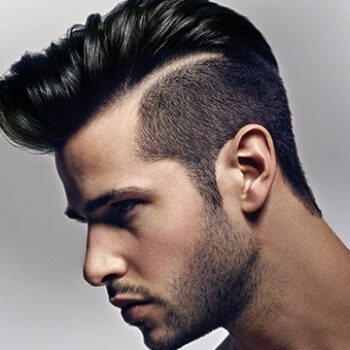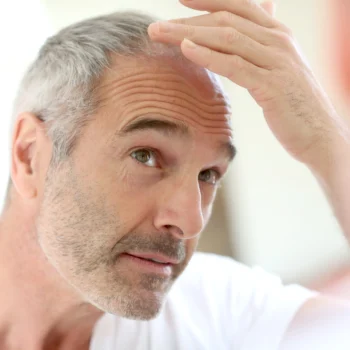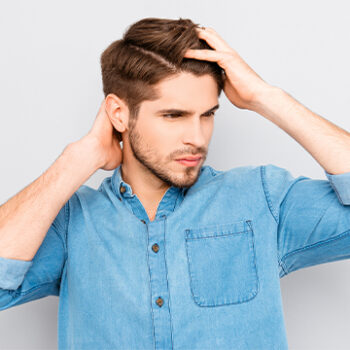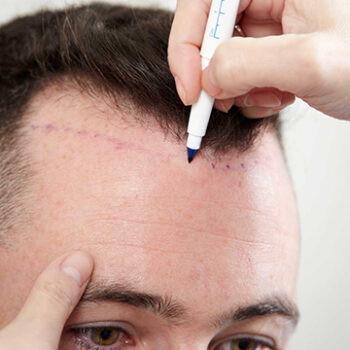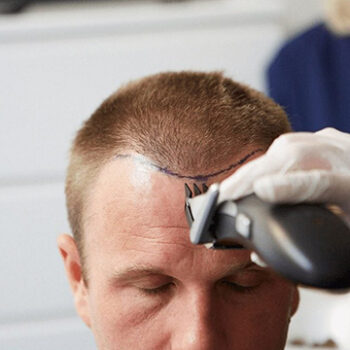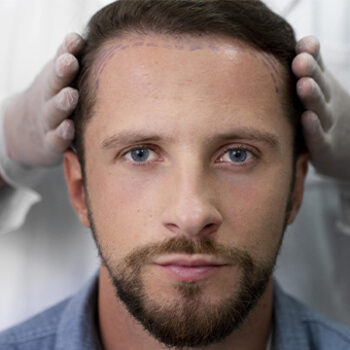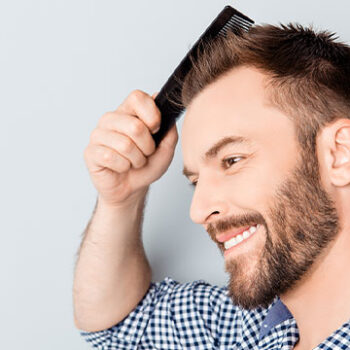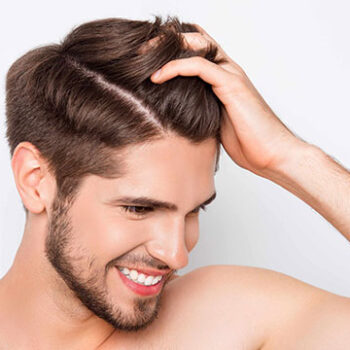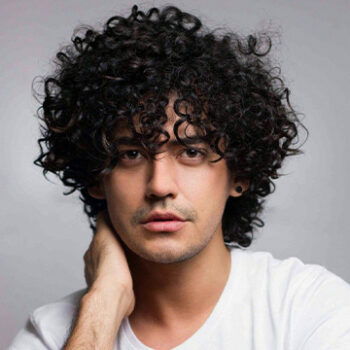The post-operative recovery period is as crucial as the proper use of hair care products for individuals who have undergone hair transplant surgery. The post-hair transplant period is a critical process for both protecting existing hair and ensuring healthy growth of newly transplanted hair. In this article, we will examine in detail the care products that should be used after hair transplant and the correct application methods.
First Weeks After Hair Transplant: Essential Care Products
Products to be used during the first 7-10 days after hair transplant surgery require special attention. During this period, scalp sensitivity is at its highest level, and wrong product selection can lead to permanent damage.
Antimicrobial shampoos are indispensable products of this period. Specially formulated shampoos recommended by doctors provide gentle cleansing while minimizing infection risk. These products are usually sulfate-free and have pH balance optimized for the scalp.
Sterile saline solution is an integral part of the daily cleansing routine. Especially in the first days, this product used to clean blood clots and crusts requires careful application.
Specially Formulated Shampoo Selection and Application Techniques
Shampoo selection after hair transplant is one of the factors directly affecting the success of the operation. The right shampoo not only provides cleansing but also accelerates the healing process and nourishes hair follicles.
Ketoconazole-containing shampoos are especially recommended because they have both antifungal and antiandrogenic properties. This component reduces the negative effects of DHT hormone on hair follicles and prevents hair loss.
Massage technique is extremely important when applying shampoo. In the first weeks, no rubbing should be done, and shampoo should be gently applied to the scalp without touching with fingertips. The rinsing process with water should also be performed with the same gentle pressure.
Hair Serum and Tonic Usage: Components Supporting Growth
Serums and tonics used in the post-hair transplant period contain active components that support new hair growth. Proper selection and application of these products significantly increases the quality of operation results.
Minoxidil-based products stimulate growth by increasing blood flow to hair follicles. This component, usually found in 2% or 5% concentrations, should be used according to doctor’s recommendation. During application, the scalp should be completely dry and the product should be distributed evenly.
Peptide complex-containing serums are effective in structurally strengthening hair follicles. These products usually contain components such as copper peptide, tripeptide-1, and octapeptide-2 and support cellular renewal.
Moisturizing and Nourishing Product Recommendations
The moisture balance of the scalp and existing hair after hair transplant is of critical importance. The right moisturizing products both accelerate the healing process and maintain long-term hair health.
Hyaluronic acid-containing creams are ideal moisturizers for the scalp. This component can hold water up to a thousand times its weight and provides deep moisturization. It is indispensable especially for dry and irritation-prone scalps.
Natural oils such as argan oil and jojoba oil can be used for nourishing and softening hair strands. However, these products should be applied only to hair strands, not to the scalp.
Sunscreen and Protective Sprays
The scalp is extremely sensitive to sunlight after hair transplant. UV protection both prevents pigmentation problems and supports the healing process.
SPF 30 and higher factor special scalp sunscreens should be preferred. These products are usually in spray form, providing easy application. Preferring mineral filters (zinc oxide, titanium dioxide) over chemical filters reduces irritation risk.
Thermal protection sprays protect hair strands when using hair dryers and styling tools. These products minimize damage that heat can cause.
Correct Application Timing and Frequency
The application timing of care products after hair transplant directly affects the success of the operation. Each product has its own specific application schedule.
During the first 48 hours, only products recommended by the doctor should be used. During this period, usually only cleaning with saline solution is performed.
Between days 3-7, antimicrobial shampoo use can be started. Application is done once a day with very gentle movements.
From the second week onwards, the care routine can be expanded. Serums, tonics, and moisturizing products can be added to the program.
Products and Components to Avoid
Some products and components should definitely be avoided during the post-hair transplant period. These products can negatively affect the healing process and cause permanent damage.
Alcohol-based products dry the scalp and cause irritation. Especially products like aftershave and perfume should not contact the scalp.
Strong chemical peels and acid-containing products should also not be used during this period. Products containing AHA, BHA, and retinol should be waited until the healing process is completed.
Long-Term Care Strategy and Product Change
From the sixth month after hair transplant, transition to normal care routine can be made. However, this transition should be gradual, not sudden.
Products to be used in the maintenance phase are determined according to hair type and personal needs. Sebum-regulating shampoos for oily scalp, and nourishing formulations for dry scalp are preferred.
Regular check-ups discussing product changes with your doctor is important to achieve the best results.
Professional Product Recommendations and Brand Selection
Choosing the right brand and product quality in post-hair transplant care significantly affects success rates. Medical-grade products generally provide more reliable and effective results.
Pharmaceutical brands specifically developed for post-transplant care offer scientifically tested formulations. These products undergo clinical trials and are optimized for sensitive scalp conditions.
Dermatologist-recommended brands typically contain fewer irritating ingredients and focus on gentle yet effective care. Products from these brands often feature hypoallergenic formulations suitable for sensitive skin.
Monitoring Progress and Adjusting Care Routine
Regular monitoring of hair transplant results allows for timely adjustments to the care routine. Visual documentation and professional assessments help optimize product usage.
Monthly progress photos help track healing stages and hair growth patterns. This documentation assists both patients and doctors in making informed decisions about care adjustments.
Scalp condition assessments during follow-up appointments may indicate the need for different products or modified application techniques based on individual healing responses.
Conclusion
The use of proper care products after hair transplant is one of the most important factors that maximize the success of the operation. Selecting appropriate products at each stage, using correct application techniques, and acting under expert control are necessary to achieve excellent results. A patient and disciplined care routine will ensure that the value of your hair transplant operation investment is preserved for many years.

 English
English Français
Français Deutsch
Deutsch Türkçe
Türkçe 中國人
中國人